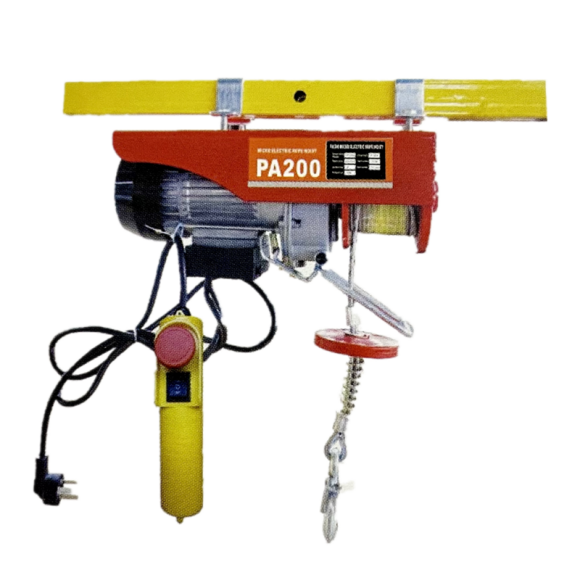


Fall Protection Design Ensuring Safety in the Workplace
Fall protection is a critical aspect of workplace safety, especially in industries such as construction, maintenance, and roofing, where workers are often elevated. The design of effective fall protection systems is essential for preventing accidents and ensuring the well-being of employees. This article discusses the main principles of fall protection design, the various systems available, and best practices to implement these systems effectively.
Understanding Fall Hazards
Before delving into fall protection design, it’s important to understand the types of fall hazards present in a work environment. These hazards can arise from working at heights, unguarded edges, holes in floors, and unstable surfaces. Recognizing these risks is the first step in creating a comprehensive fall protection plan.
Principles of Fall Protection Design
The Occupational Safety and Health Administration (OSHA) provides guidelines and standards to help businesses develop effective fall protection strategies. According to OSHA, employers must identify fall hazards, assess the risks associated with these hazards, and determine the appropriate fall protection system. The following principles guide the design of these systems
1. Elimination The most effective way to manage fall hazards is to completely eliminate the risk. This can be done by designing the work process or workspace to avoid heights altogether, such as using tools that do not require elevation.
2. Prevention If elimination is not possible, the next best approach is to use fall prevention measures. This includes guardrails, safety nets, and other barriers that prevent workers from falling in the first place.
3. Fall Arrest When falls cannot be prevented, a fall arrest system is necessary. This includes harnesses, lanyards, and anchor points that are designed to safely stop a worker’s fall and reduce the risk of injury.
4. Rescue Plan Lastly, a well-designed fall protection plan must include a rescue strategy. In the event of a fall, immediate action is critical to ensure the worker's safety and prevent further injury.
Types of Fall Protection Systems

Fall protection systems are broadly categorized into two types collective fall protection and personal fall protection.
- Collective Fall Protection This system includes measures that protect multiple workers at once, such as guardrails, safety nets, and scaffolds. For instance, installing guardrails around the edges of roofs and platforms can significantly reduce the likelihood of falls.
- Personal Fall Protection This includes harnesses and lanyards that are worn by individual workers. Personal fall protection systems are tailored to the specific needs of the worker and the task at hand. They should always be used in conjunction with a training program to ensure proper use and maintenance.
Best Practices for Fall Protection Design
To achieve an effective fall protection design, consider the following best practices
1. Conduct Regular Risk Assessments Employers should regularly evaluate their work environment to identify potential fall hazards. This includes assessing changing work conditions and updating fall protection strategies accordingly.
2. Training and Education Comprehensive training for workers is vital. All employees should be trained not only on how to use fall protection systems but also on the importance of following safety protocols and recognizing hazards.
3. Maintenance and Inspections Fall protection equipment must be regularly inspected and maintained to ensure it remains in good working order. Regular checks help identify wear and tear that could compromise safety.
4. Promote a Safety Culture Creating a culture that prioritizes safety will encourage employees to adhere to fall protection measures. Leadership should model safe behavior and promote open communication regarding safety concerns.
Conclusion
Fall protection design is an essential component of workplace safety that demands careful consideration and planning. By understanding fall hazards and implementing effective protection systems, organizations can significantly reduce the risk of falls and related injuries. The commitment to safety not only safeguards employees but also contributes to the overall productivity and morale within the workplace. Prioritizing fall protection is not just about compliance; it’s about caring for the most valuable asset of any organization—its people.



